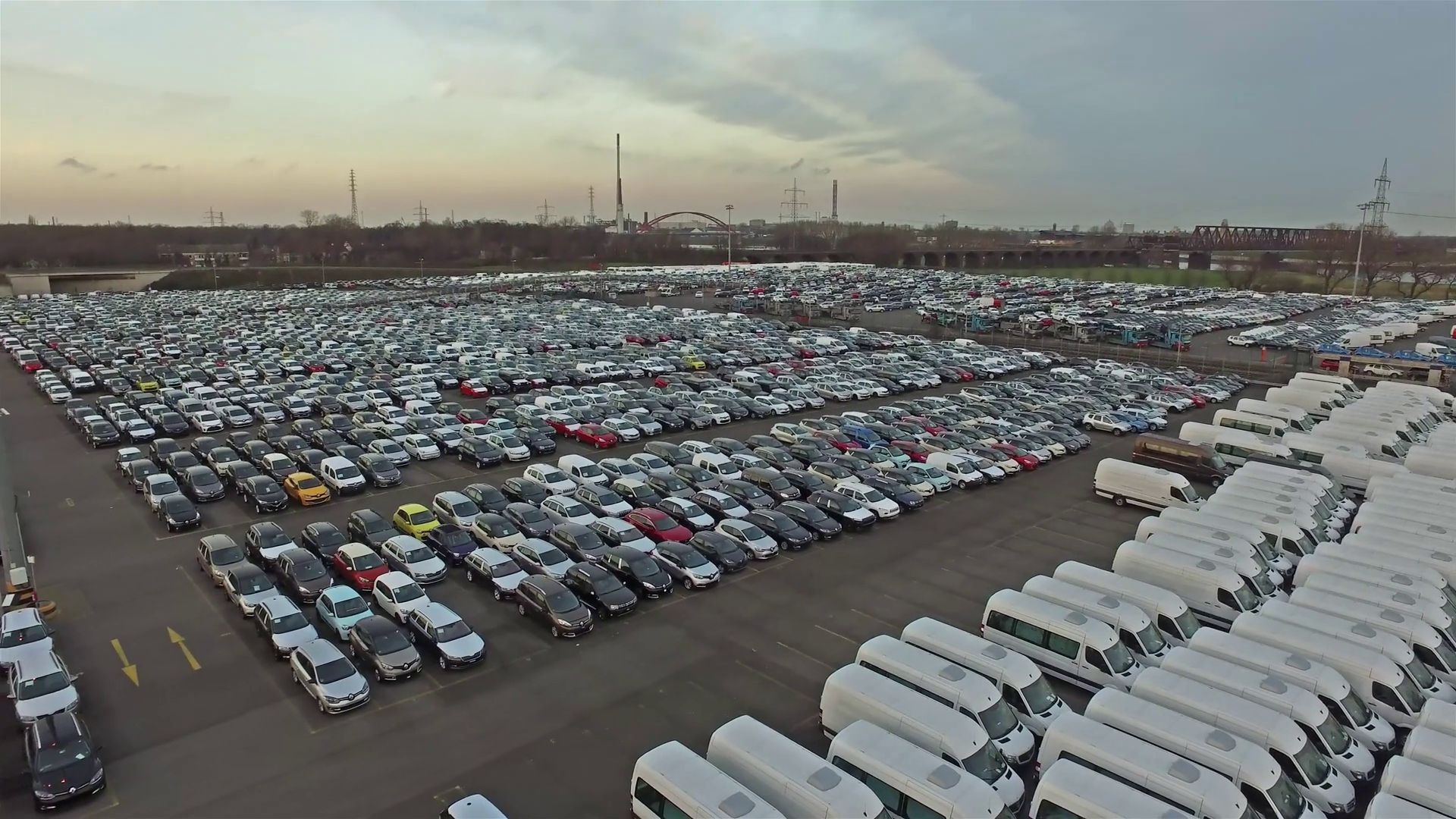TransAnalyst extracts parking survey data, including simple car park accumulation surveys to the more detailed duration of stay surveys. Results can be tailored to meet client’s specific requirements. Parking is one of the major issues that is created by the increasing road traffic. It is an impact of transport development. The availability of less space in urban areas has increased the demand for parking space, On street especially in areas like Central business district. This affects the mode choice also. This has a great economical impact.
On-street parking:On street parking means the vehicles are parked on the sides of the street itself. Which will be usually controlled by government agencies itself. Common types of on-street parking areas listed below.
Parallel parking:Along the length of the road the vehicles are parked. Here while parking or unparking the vehicle there is no backward movement involved. That’s why it is the safest parking from the accident perspective.
30 parking:In thirty-degree parking, the vehicles are parked at 30 with respect to the road alignment. In this case, more vehicles can be parked compared to parallel parking.

In forty-five-degree parking, the number of vehicles can be parked.It is because As the angle of parking increases, the number of parking vehicles will be increased. Hence, thirty degrees compared to parallelity-degree parking, more number of vehicles can be accommodated in this type of parking.
60 parking:The vehicles are parked at 60 to the direction of road. More Number of vehicles can be accommodated in this parking type.
Right angle parking:In right angle parking or 90 parking, the vehicles are parked perpendicular to the direction of the road
Off street parking:Some areas are solely allotted for parking which will be at some distance away from the main stream of traffic, In many urban centers. This type of parking is called Off Street parking. They may be operated by either public agencies or private firms.